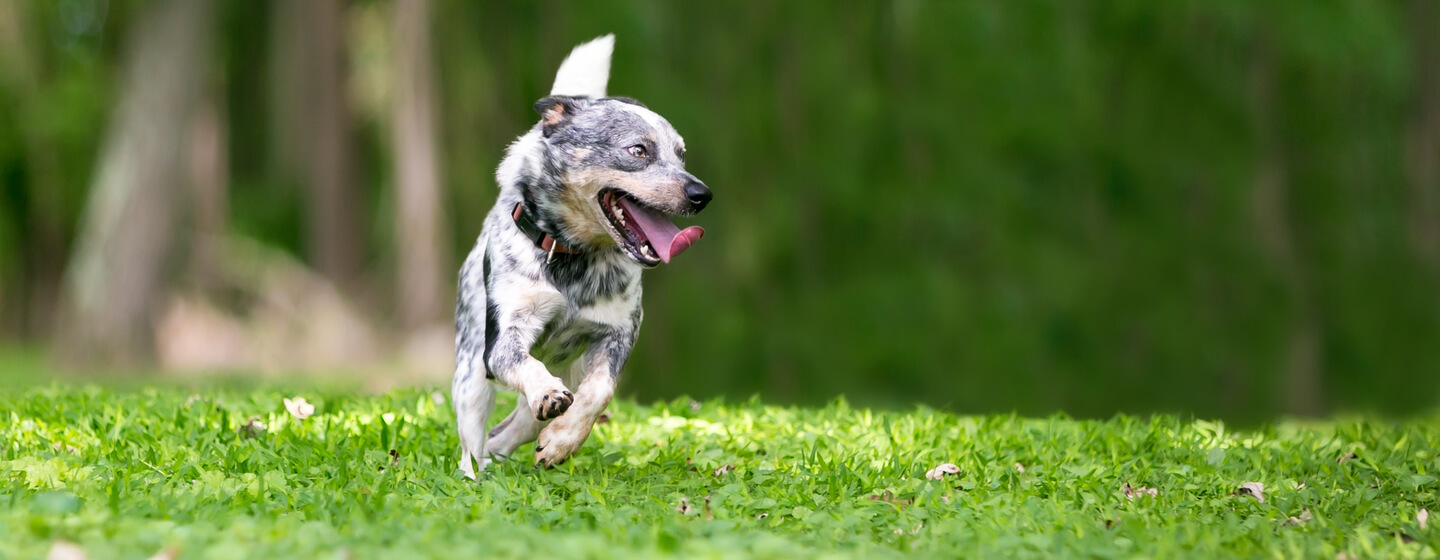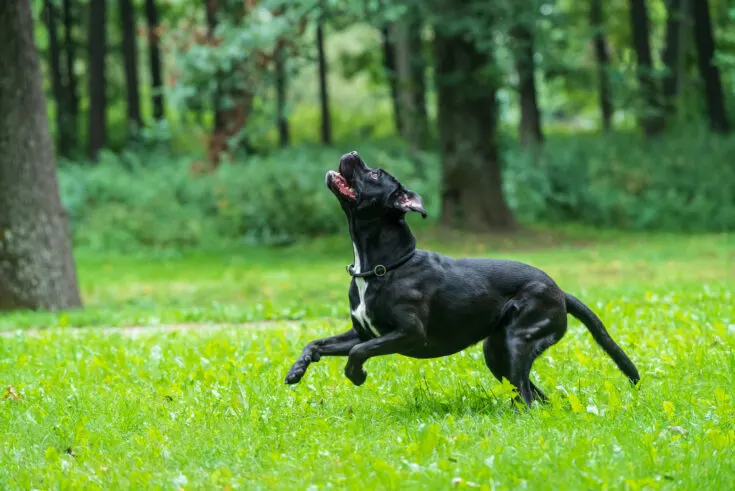Signs of Hyperactivity in Dogs

It can be hard to determine if your dog has hyperactivity or is just bored. Hyperactivity can be characterized by a lack of ability to relax in familiar surroundings, hyperreactivity to routine stimuli and a short attention span. Although an overactive dog may seem full of energy, they will not experience hyperactivity.
Compulsive behaviors such as spinning in circles or chasing their tail are other signs of hyperactivity. Hyperactivity issues in dogs can cause restlessness, excessive panting, and a tendency to be restless. Hyperactivity can be identified if your dog exhibits erratic or abnormal behavior. Hyperactive dogs often have trouble focusing on one thing.
A dog suffering from hyperactivity will show you what their body language is telling you. Your dog’s frantic running and pacing can give you a clue to how they feel at the moment. Hyperactivity in dogs is when they don’t feel enough stimulation.
Science Behind Dogs Being Hyperactive

While hyperactivity is rare in dogs, it is becoming more and more common, for a reason that scientists have yet to figure out. Veterinarians often refer to dogs that people deem hyperactive as hyperkinetic. Hyperkinetic dogs never seem to get used to regular smells, sights, and sounds that they experience. This overreaction to normal stimuli makes them unable to rest regardless of how peaceful you think it is.
A dog must be at least 3 years old to be considered hyperactive or hyperkinetic. They are now well beyond their puppy years, and could become hyperactive as they age. Hyperactive dogs are those that have a high level of activity past the age of puberty and who are in poor health, have increased heart rate and respiratory rates, agitation and reactivity.
Overactive dogs can be more common in some breeds. Dogs who belong to the sporting or working groups will likely need more physical and mental exercise than dogs that are less active. You can take your dog on long walks, fetching or tug-of war with you if it seems to be more active than others.
Dogs with lots of energy will benefit from training classes. If you haven’t, consider enrolling your dog in basic training classes. Dogs who don’t require basic training should look for agility training places. You may need to consult a veterinarian if hyperactivity persists.
Your veterinarian will be able to advise you on the best diet, exercise, training, or other health issues that could be causing your pet’s behavior problems. Your veterinarian may recommend that you speak to an animal behavior specialist if your pet is suffering from unacceptable behaviors.
Training Hyperactive Dogs

If you believe that you have a hyperactive dog, schedule a visit with your veterinarian. If your vet agrees that there is a problem, they can send you to an animal behavior specialist.
Begin to record your dog’s behavior and the times they occur before you meet with a behavior specialist. Keep track of the time and any other events that may have been triggering the behavior. You might notice patterns in your behavior such as running and barking when the kitchen timer goes off, or screaming at children who run through the house.
You may want to discuss with your behaviorist the amount of physical or mental activity that your pet gets each day. These activities can include playtime, exploration, social interaction, and exercise.
A behaviorist will also need to know how you have been reacting and interpreting the behavior of your dog. Hyperactivity can sometimes be mistaken for a learned behavior that your dog has adopted because of your reactions to it’s actions.